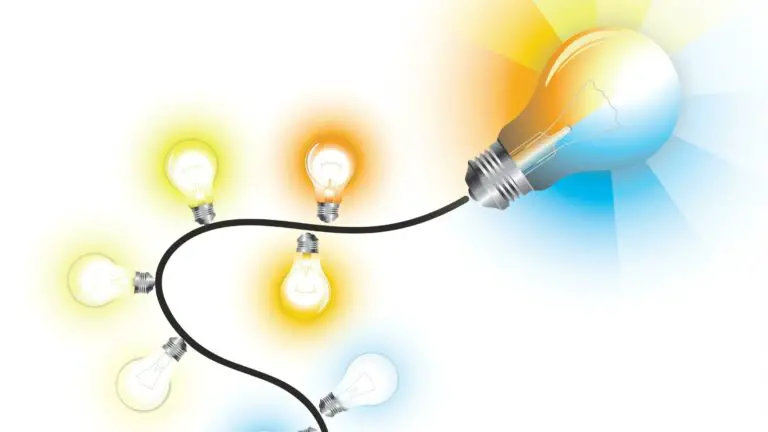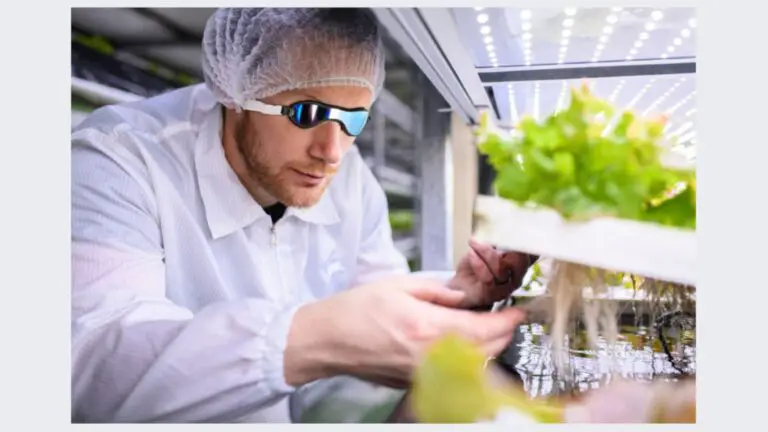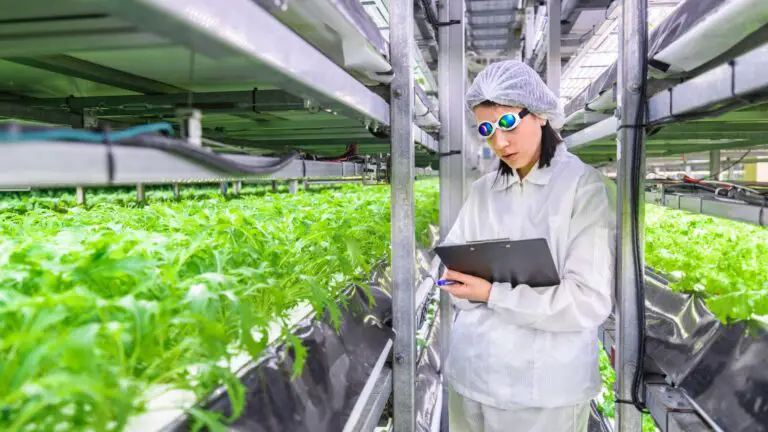How to Overcome the Drawbacks of Grow Lights
Disclosure: Your purchases through our links may earn us a small commission, supporting our site’s ability to provide valuable information to our readers. Rest assured, it won’t impact your price. Thank you for your support.
Grow lights have become an increasingly popular way to grow plants, herbs, and vegetables indoors. They offer many benefits over traditional growing methods, such as sunlight and soil. Grow Light vs. Sunlight will provide you with more details.
However, grow lights also have some drawbacks that can be difficult to overcome. This blog post will discuss the benefits and most common disadvantages of grow lights and how to overcome them!
The Benefits of Grow Lights
Grow lights offer several benefits over traditional growing methods, such as sunlight and soil. Some of these benefits include:
- Greater control over the environment helps you grow plants in any season. You can grow plants indoors all year round with grow lights, regardless of outside weather.
- Grow lights use around 17% less energy than other lighting types to save you money on your electric bill.
- You can control the amount of light and darkness your plants receive with grow lights. This is important because plants need a certain amount of darkness to grow.
- Grow lights can help you grow plants faster. Plants grown under grow lights grow faster than plants grown in natural light. This is because grow lights provide the optimal amount of light for plant growth.
- Grow lights can also help you grow bigger plants. Plants grown under grow lights tend to be larger than plants grown in natural light.
Drawbacks of Grow Lights
Some potential drawbacks of grow lights include:
- They can be expensive to set up – grow lights, hydroponics systems, and grow tents can all add up!
- Grow light requires more maintenance than traditional methods – you’ll need to keep an eye on your plants and make sure they’re getting enough light.
- They can be difficult to use effectively – it takes trial and error to find the perfect lighting setup for your plants.
- Common problems with grow lights include burnt leaves, insufficient light, and mold growth.
Related:
6 Tips to Increase Yield Using Grow Light
Cheap Grow Lights Alternatives Used in Indoor Hydroponics
How to Overcome the Drawbacks of Grow Lights?
- Start small – don’t try to grow an entire garden indoors all at once! Start with a few plants and see how it goes. There are cheap grow lights alternatives available for indoor hydroponics
- Do your research – there are tons of resources available on the internet and in gardening stores. Ask around and find out what to use. Learn the science and specifications behind grow lights. Make sure you are using the right grow light for your plants. Also, there are best plants that work better in hydroponics with grow light. If you are not sure, consult a gardening expert.
- Be patient – it takes time to learn how to use grow lights effectively. Don’t give up if your first attempt doesn’t work out perfectly.
- Maintain proper distance with plants – Make sure your grow light is not too close to your plants. This will help prevent mold growth and burnt leaves.
These tips should help you overcome some of the most common drawbacks of grow lights.
Related:
How to Choose the Right Grow Light for Hydroponic Plants?
Do Grow Light Colors Matter?
FAQs about Grow Lights
1 . What are the best grow lights for beginners?
There are several grow lights on the market that are perfect for beginners.
The Sunblaster T5HO grow light is one of the great options for beginners. It is affordable and easy to use, and it provides the optimal amount of light for plant growth.
The Hydrofarm Agrobrite grow light is another great option for beginners. It is also affordable and easy to use, and it comes with a variety of features that make it perfect for beginner gardeners.
There are many more great suppliers that you can find on Amazon or any online supply platform.
If you are looking for Vivosun LED grow light read this simplified review of 1200W grow light
2 . How often should I water my plants when using grow lights?
When using grow lights, you should water your plants whenever the soil feels dry to the touch. This will vary depending on the type of plant you are growing and the amount of light it receives.
3 . When Do I Have to Dispose of Your Grow Light?
When your grow light begins to break down or fade, it’s time to replace it. It’s a good idea to get rid of your grow light when it gets damaged or worn out. If you relocate, you may need to dispose of your grow light. Learn more by reading How to Properly Dispose of a Grow Light Used for Hydroponics?
Final Thoughts
Grow lights can be a great way to grow plants indoors all year round! However, they do have some potential drawbacks that you should be aware of.
Starting with something simple and inexpensive is good if you’re just getting started with grow lights. You can always upgrade to more expensive grow lights later on.
With a little bit of research and patience, you should be able to overcome these drawbacks and grow healthy plants indoors!
Thank you for reading!
Also, read
Does Grow Light Temperature Matter?
10 Essential Tools for Indoor Home-Based Hydroponic Gardeners.
8 Must-Have Hydroponic Growing Supplies for a Successful Indoor Garden
11 Steps to Choosing the Right Fan for your Hydroponic Grow Rooms



